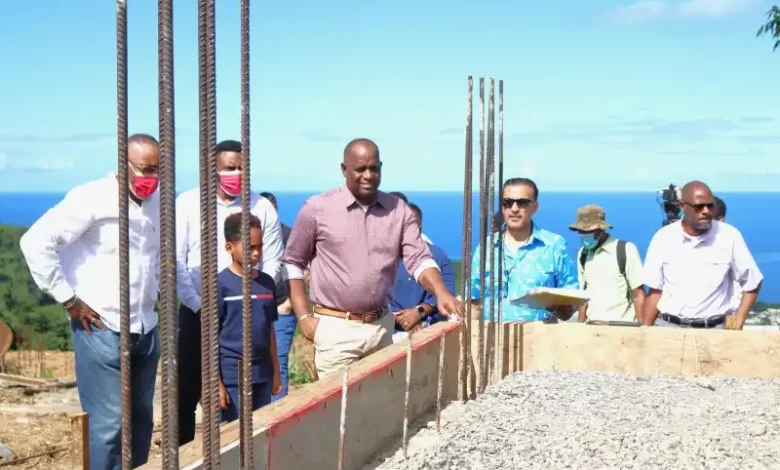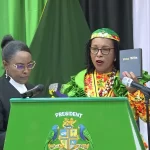Sustainable Development in Dominica

Sustainable development in Dominica is a multifaceted approach aimed at harmonising economic growth, social inclusion, and environmental preservation to ensure the well-being of current and future generations. As a small island developing state, Dominica faces unique challenges, including vulnerability to natural disasters, climate change, and economic fluctuations. The nation has implemented comprehensive policies, climate resilience strategies, and green economy initiatives to foster long-term sustainability.
National Resilience Development Strategy 2030
Dominica’s commitment to sustainable development is outlined in the National Resilience Development Strategy (NRDS) 2030 as a roadmap for economic transformation and climate resilience. This strategic framework includes:
- Sustained Economic Growth: Aiming for at least 5% GDP growth per year, increasing employment opportunities and reducing poverty rates.
- Climate Resilience: Integrating disaster risk management into national planning, ensuring infrastructure durability against hurricanes and extreme weather.
- Social Development: Strengthening education, healthcare, and social services, with a focus on rural and vulnerable communities.
The strategy is a cornerstone of Dominica’s vision to become the world’s first climate-resilient nation, aligning with global sustainability goals.
Climate Resilience and Recovery Plan 2020-2030
Complementing the NRDS, the Climate Resilience and Recovery Plan (CRRP) 2020-2030 outlines actionable steps to achieve carbon neutrality by 2030. The plan prioritizes:
- Renewable Energy Expansion: Transitioning to 100% renewable energy, particularly through geothermal, hydro, and solar projects.
- Forest Conservation: Expanding protected areas to cover 67% of Dominica’s landmass, promoting reforestation and biodiversity protection.
- Infrastructure Durability: Ensuring roads, bridges, ports, and airports can recover within one week after disasters.
- Sustainable Agriculture: Encouraging organic farming, climate-smart techniques, and resilient crops to ensure food security.
Community and Economic Initiatives
Dominica’s sustainable development efforts extend beyond government policies, involving community-led projects and private sector investments:
- Climate-Resilient Housing: Over 2,000 homes have been constructed to withstand Category 5 hurricanes, funded through the Citizenship by Investment Programme.
- Green Economy Growth: Initiatives in eco-tourism, sustainable fisheries, and agro-processing aim to diversify the economy while reducing environmental impact.
- Infrastructure Resilience: The Resilient Dominica Physical Plan (RDPP) identifies weaknesses in existing infrastructure, guiding future development for disaster preparedness.
- Coastal and Marine Protection: Establishment of marine reserves, protection of mangrove forests, and sustainable fishing regulations are key strategies.
International Collaborations and Green Finance
Dominica has secured international funding and formed strategic partnerships to support its sustainability agenda:
- Green Climate Fund (GCF) & United Nations Environment Programme (UNEP): Collaborating on mangrove restoration, flood mitigation, and coastal resilience projects.
- Global Environment Facility (GEF): Providing grants for biodiversity protection, climate adaptation, and sustainable tourism initiatives.
- World Bank & IMF Support: Funding infrastructure rebuilding, energy diversification, and disaster risk financing mechanisms.
Through strategic policies, strong governance, and community participation, Dominica is leading the Caribbean in sustainable development, ensuring a resilient, low-carbon, and economically inclusive future for generations to come.




